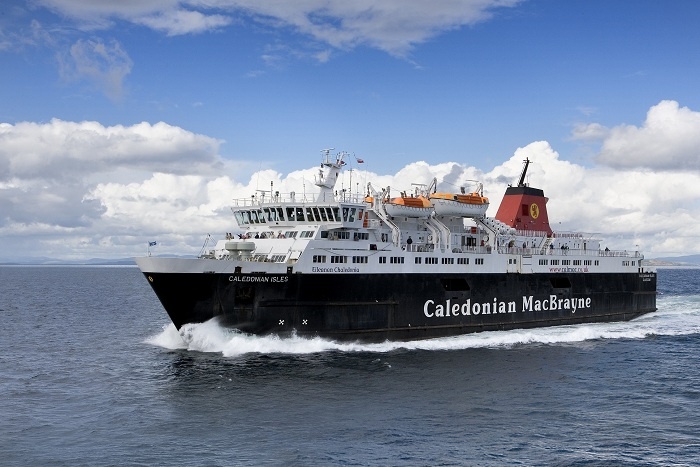
Caledonian MacBrayne breaks five million passenger barrier
Caledonian MacBrayne’s official carrying statistics for 2016 reveal that the west coast of Scotland ferry company passed five million passengers for the first time since 1997.
The company operates the UK’s largest ferry network, with 32 vessels carrying out more than 136,000 individual sailings annually across an area which extends some 200 miles from Campbeltown on Kintyre and the Isle of Arran in the south, to Stornoway on the Isle of Lewis in the north.
Many routes saw very significant rises in both passenger and car numbers in the first full year after the roll-out of road equivalent tariff across all areas, with a total of 5,055,827 passengers and 1,356,396 cars network-wide.
This equates to 428,801 more passengers than in 2015 and 186,695 more cars.
Better value fares may be influencing the rise, though many routes which already had RET introduced in the preceding years as part of the phased introduction also showed an uplift in passenger and car numbers – possibly attributable to a knock-on effect of publicity surrounding the major pan-network roll-out.
ADVERTISEMENT
RET is a Scottish government policy to ensure that those living on an island are not unduly financially disadvantaged by ferry fares.
It has had a phased introduction, beginning in 2008 with a number of Western Isles destinations and culminating with full network coverage in October 2015.
The RET scheme involves setting ferry fares on the basis of the cost of travelling an equivalent distance by road.
“Last year was our busiest in terms of passengers for two decades,” said CalMac managing director Martin Dorchester.
“This is a great reflection of the professionalism of our staff in dealing with an increase of more than 400,000 passengers and almost 190,000 cars, whilst still running a smooth operation to help all our travellers, whether islanders or visitors, business or pleasure to get where they are going.”

